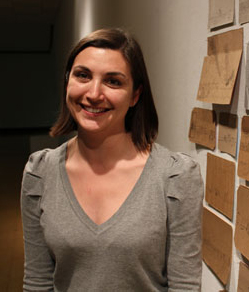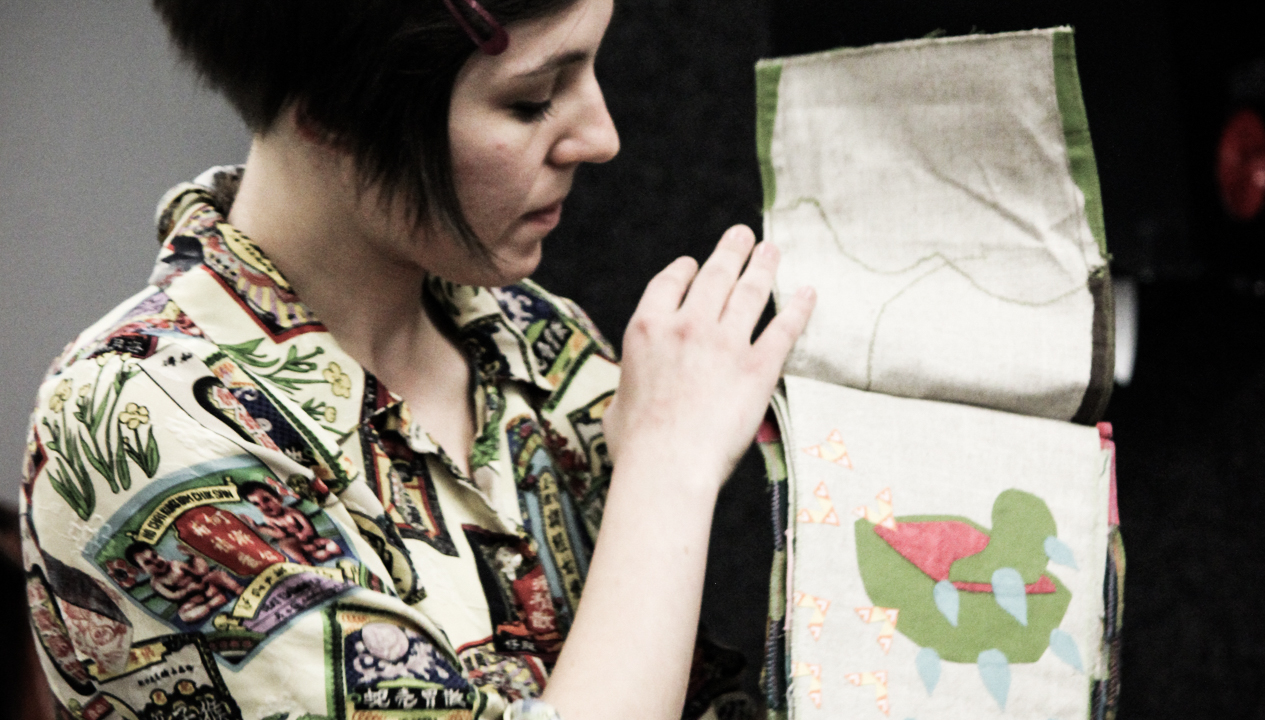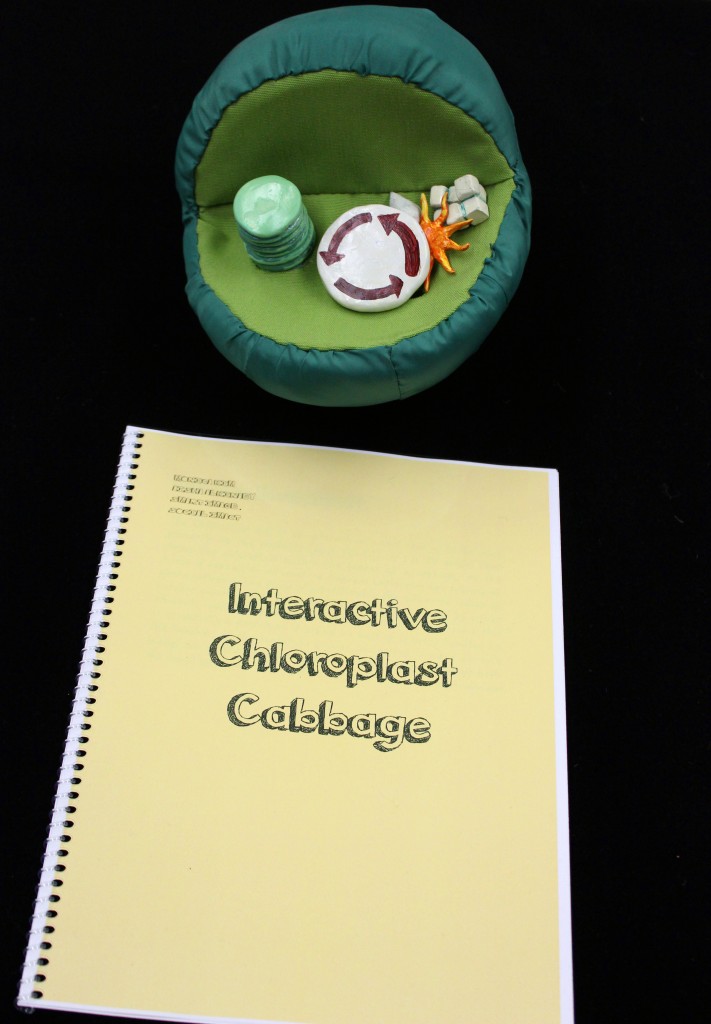In this short blog post, Art Center Faculty and Alumna, Esther Pearl Watson, reflects on her Fall 2014 Smart Image Social Impact class in which students were encouraged to broaden their problem-solving skills beyond visual language, while building a better understanding of ethical issues in design.

 In the Fall of 2014, I taught a Designmatters class through the Illustration department called Smart Image/Social Impact: Teaching Illustration and Design Responsibility for Social Change and Innovation. It was a class tailored to the illustrator with a focus on the development of critical thinking skills, experimentations with visual techniques and the understanding of ethical issues in design. The goal of this class was to prepare the Illustration student to enter the expanding field of Design for Social Innovation and to broaden their problem-solving skills beyond the visual. Smart Image/Social Impact was created as an introductory class for Illustrators interested in the Designmatters Concentration at Art Center. An Illustration student with this concentration takes, in addition to the traditional Illustration curriculum, real world, project-based classes that focus on “where Art and Design meets social change” (Designmatters, 2014).
In the Fall of 2014, I taught a Designmatters class through the Illustration department called Smart Image/Social Impact: Teaching Illustration and Design Responsibility for Social Change and Innovation. It was a class tailored to the illustrator with a focus on the development of critical thinking skills, experimentations with visual techniques and the understanding of ethical issues in design. The goal of this class was to prepare the Illustration student to enter the expanding field of Design for Social Innovation and to broaden their problem-solving skills beyond the visual. Smart Image/Social Impact was created as an introductory class for Illustrators interested in the Designmatters Concentration at Art Center. An Illustration student with this concentration takes, in addition to the traditional Illustration curriculum, real world, project-based classes that focus on “where Art and Design meets social change” (Designmatters, 2014).
There were seven students in the class: three men and four women. There were four projects but our favorite was the Cultural Sensitivity Project. The objective of this project was to work with a community outside of the comfort zone of the Art Center illustration environment.
The students had to illustrate how photosynthesis works using the cabbage as an example. This would be geared towards kids ages 11-12. Students kept in mind, that the prototypes would ideally be used by teachers and students at the Matenwa Community Learning Center. Matènwa is situated in the remote mountains of Lagonav, a Haitian island in the bay of Port Au Prince. The Art Center students had to imagine their prototypes handled outdoors in a garden, where students and teachers use the hands-on lessons in sciences and other subjects.
In order to prepare students to create work for a distant client, there were a couple of important classroom guests. We had an in class visit from Elizabeth Chin, PhD, Professor of the MFA Program in the Media Design Practices: Lab+Field, who has visited Matènwa many times. Elizabeth explained local culture, showed us videos of dancing and colorful Vodou flags. Another week, the students presented their research and prototypes to Chris Low, Executive Director of Friends of Matenwa, through Skype. Many of the projects were so much more than just printed images. Billy Frolov created a durable fabric flipbook, Riley Gish made a plush cabbage with teachable leaves, and Christopher Cha created a photosynthesis game similar to Sharks and Minnows. Chris Low had great advice for all the students. She especially liked John Clarke’s prototype of creating an education mural. Chris Low encouraged the class to write a proposal to fly out to Haiti and run a one-week summer camp course at the school to create the education mural. Learning to write a proposal was an opportunity that arose from a good idea.
Classes like these help students become aware of the images they put out into the world. They also learn how projects can lead to bigger ideas, and how to write proposals to make big ideas happen.


